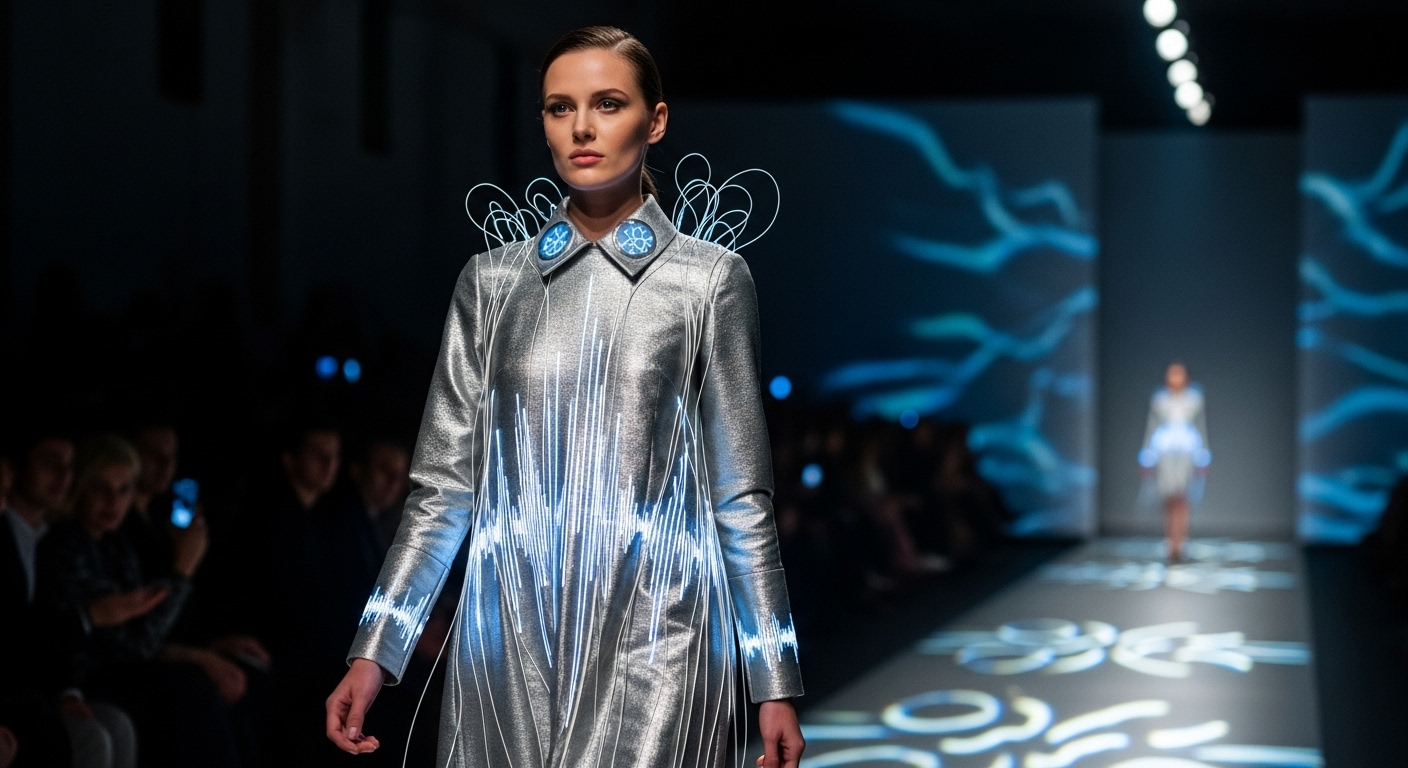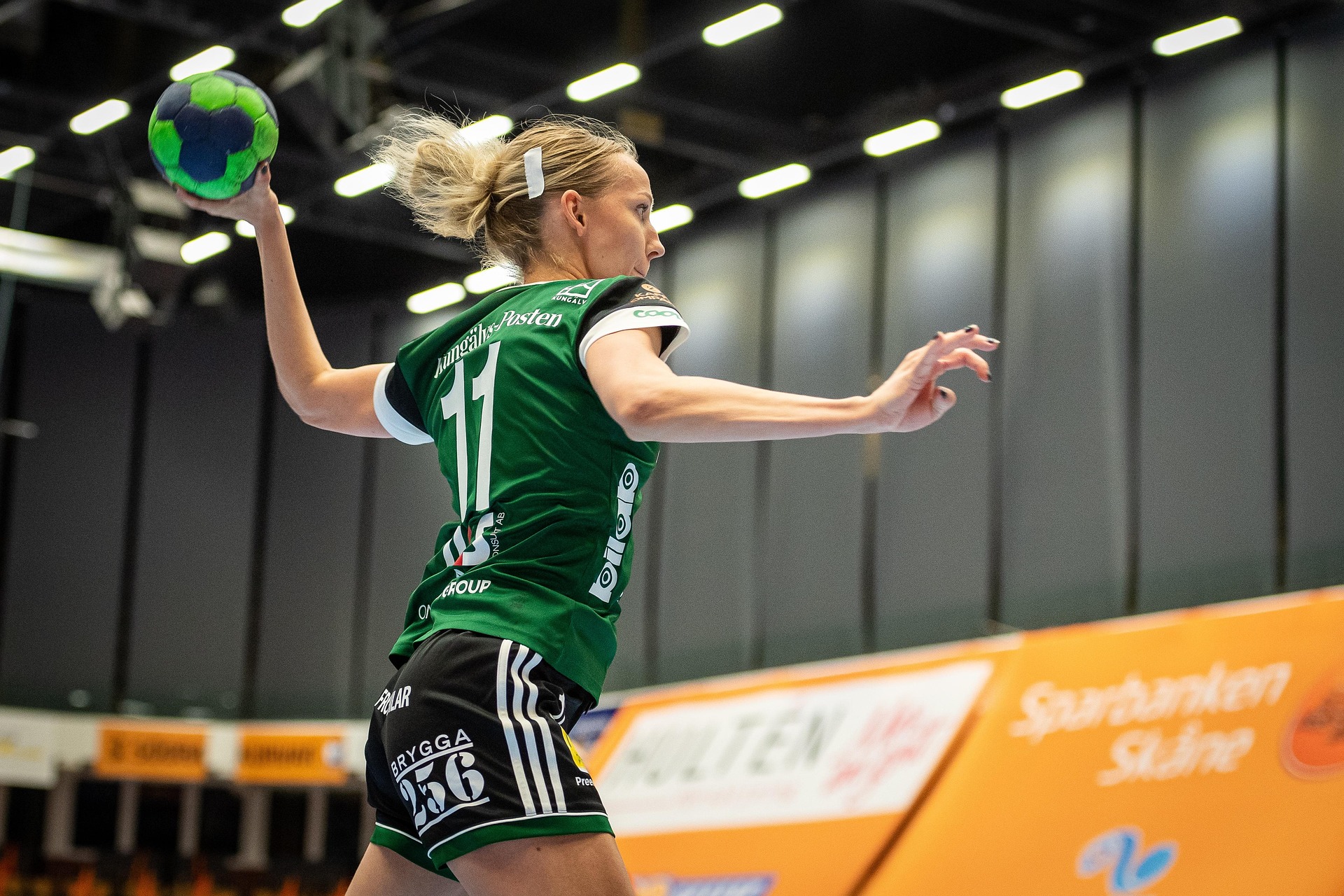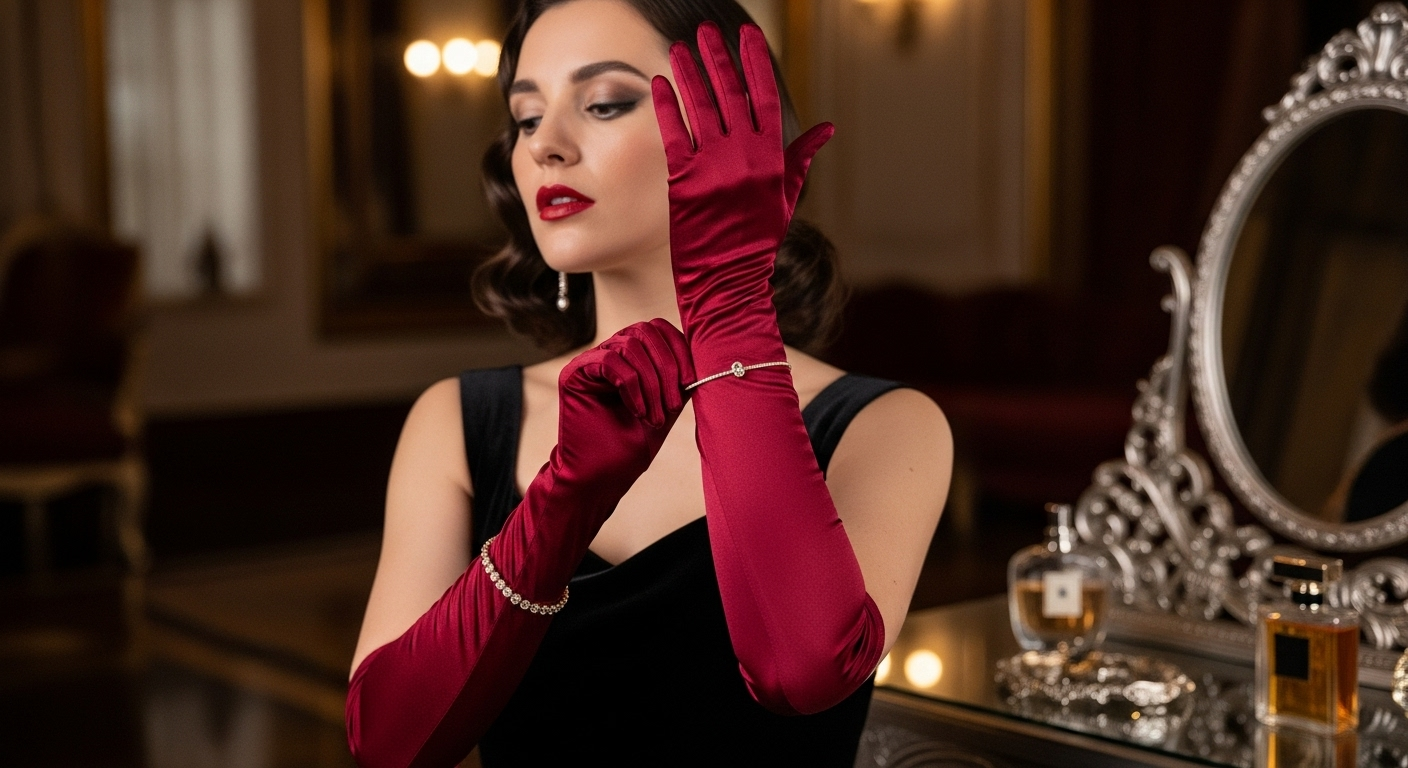Kaleidoscopic Couture: Fashion's Dazzling Digital Renaissance
In the ever-evolving landscape of haute couture, a mesmerizing fusion of technology and sartorial artistry is reshaping the runway. This cutting-edge movement, known as kaleidoscopic couture, harnesses the power of digital innovation to create garments that transcend traditional boundaries. From holographic fabrics that shift colors with every step to 3D-printed accessories that defy conventional manufacturing, this avant-garde approach is revolutionizing the very essence of fashion design. As we delve into this captivating world, we'll explore how kaleidoscopic couture is not just changing what we wear, but how we perceive and interact with clothing in the digital age.

This groundbreaking showcase set the stage for a new era in fashion, where the lines between textile and technology blurred. Designers worldwide took notice, and soon, fashion houses both big and small began investing heavily in research and development to push the boundaries of what was possible in clothing design.
The Technological Palette
At the heart of kaleidoscopic couture lies a diverse array of cutting-edge technologies. One of the most prominent is the use of smart fabrics, textiles embedded with microelectronics that can change color, pattern, or even shape in response to various stimuli. These fabrics utilize technologies such as thermochromic inks, which change color with temperature variations, and electroluminescent wires that can illuminate patterns on demand.
Another key component is the integration of augmented reality (AR) into fashion pieces. Designers are creating garments that, when viewed through a smartphone or AR glasses, come alive with animated patterns, virtual accessories, or even interactive stories. This fusion of physical and digital realms opens up unprecedented possibilities for personal expression and storytelling through clothing.
3D printing has also played a crucial role in the development of kaleidoscopic couture. Designers can now create intricate, geometrically complex accessories and garment components that would be impossible to produce using traditional manufacturing methods. This technology has not only expanded the creative possibilities but has also paved the way for more sustainable and on-demand production models.
The Artistic Vision
While technology forms the backbone of kaleidoscopic couture, it’s the artistic vision of designers that truly brings this movement to life. Leading the charge are visionaries like Iris van Herpen, whose ethereal creations blend 3D printing with traditional couture techniques to create otherworldly garments that seem to defy gravity. Van Herpen’s work exemplifies how kaleidoscopic couture can push the boundaries of what we consider possible in fashion design.
Another notable figure in this space is Hussein Chalayan, known for his innovative use of technology to create garments that transform on the runway. His recent collection featured dresses that changed shape and color in real-time, controlled by a sophisticated AI system that responded to the model’s movements and the ambient music.
These designers, among others, are not just creating clothes; they’re crafting experiences that challenge our perceptions of fashion and its role in our lives. Their work blurs the lines between art, technology, and wearable design, creating a new language of self-expression for the digital age.
Impact on the Fashion Industry
The rise of kaleidoscopic couture is sending ripples throughout the fashion industry, affecting everything from production processes to marketing strategies. Traditional fashion houses are scrambling to adapt, with many establishing dedicated tech divisions or partnering with Silicon Valley startups to stay competitive.
This shift is also changing the skills required in the fashion industry. Alongside traditional pattern makers and seamstresses, fashion houses are now recruiting software engineers, data scientists, and UX designers. This interdisciplinary approach is fostering unprecedented innovation and collaboration within the industry.
Moreover, kaleidoscopic couture is reshaping the retail experience. Virtual try-ons powered by AR technology are becoming increasingly common, allowing customers to visualize how a garment might look or behave before making a purchase. Some brands are even experimenting with fully virtual fashion lines, where customers can buy digital-only garments for use in social media or virtual reality environments.
The Future of Fashion
As we look to the future, it’s clear that kaleidoscopic couture is more than just a passing trend. It represents a fundamental shift in how we think about and interact with clothing. As technology continues to advance, we can expect to see even more incredible innovations in this space.
One exciting area of development is the integration of biometric sensors into clothing, allowing garments to respond to the wearer’s physiological state. Imagine a dress that changes color based on your mood or a jacket that adjusts its insulation in response to your body temperature.
Another frontier is the use of nanotechnology to create self-cleaning and self-repairing fabrics, potentially revolutionizing the sustainability and longevity of our clothing. There’s also growing interest in exploring how kaleidoscopic couture can be used in fields beyond fashion, such as healthcare and sports performance.
As kaleidoscopic couture continues to evolve, it challenges us to reimagine the role of fashion in our lives. It’s not just about what we wear anymore, but how our clothing can enhance our experiences, express our identities, and connect us to the digital world around us. In this brave new world of fashion, the only limit is our imagination.




